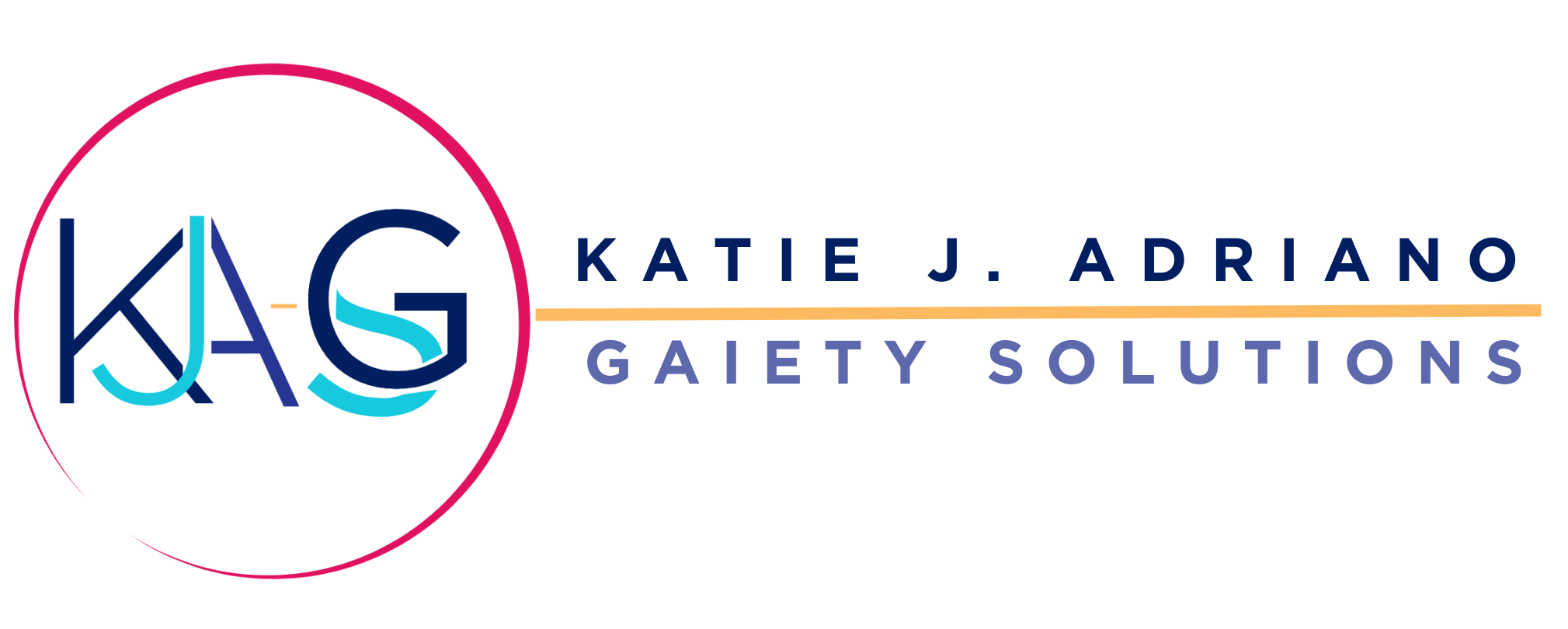Insights and Perspectives for Visionary Leaders

What is Neurodiversity?
The concept of neurodiversity is gaining traction and recognition in society. This notion acknowledges that our brains function in various ways and that these neurological differences should be recognized as natural and valued aspects of human diversity.
Simply put: No two brains are the same.
What is Neurodiversity?
Neurodiversity, a term first employed in 1998 by Judy Singer, a renowned philosopher, cognitive scientist, and autism advocate, serves as an umbrella term that embraces a variety of neurological variations, including but not limited to:
Neurotypical
Autism/Asperger's Syndrome
Attention Deficit Hyperactivity Disorder (ADHD)
Dyslexia
Tourette syndrome
Dyscalculia
Dyspraxia
Dysgraphia
These variations can manifest in different intellectual abilities, learning styles, emotional regulation, and sensory sensitivities.
The Neurodiversity Movement:
As the neurodiversity movement gains steam, we see an increasing number of neurodiverse individuals advocating for society's understanding and acceptance of the fact that not everyone processes information the same way. These neurological differences can be both a strength and a challenge, often leading to unique perspectives but also potential social isolation.
It's important to clarify that while neurodiversity is often misinterpreted as being synonymous with autism, the term encompasses a broader spectrum of neurological variations.
Benefits of Neurodiversity:
Neurodiversity brings numerous benefits. Neurodiverse individuals often possess a unique awareness that neurotypicals might overlook, granting them fresh perspectives on familiar problems. They often have a heightened empathetic desire to help others due to their personal experiences and understanding of complex information processing.
Challenges Faced by Neurodiverse Individuals:
However, neurodiversity also comes with challenges. Neurodiverse individuals may struggle with tasks like coherent work, understanding non-verbal communication, or fitting into adult social situations. Some common neurodiverse conditions include Dyslexia, Autism, ADHD, Dyscalculia, and Tourette syndrome. Each of these conditions presents its own set of challenges, but with understanding and support, these individuals can thrive.
It's crucial to remember that neurodiversity isn't confined to these conditions but includes all variances in neurological functioning, including neurotypical brains.
Neurodiversity and Disability Rights:
Society's perspective on neurodiversity and disability rights is instrumental in shaping our attitudes towards disability. Some perceive disability as a negative aspect needing rectification, while others argue for treating individuals with disabilities with dignity and respect.
Increasingly, individuals identifying as neurodiverse are educating society to accept these differences as a part of our shared humanity, not a flaw or disability.
Neurodiversity holds a significant place in disability rights, as it teaches us to value and accept differences. By embracing these variances in personality, visual, or auditory processing, we foster a more tolerant society that respects and cherishes differences, leading to positive outcomes for all.
Conclusion:
As we continue to learn and raise awareness about neurodiversity, it is crucial to promote acceptance, provide necessary support and accommodations, and challenge stereotypes and misconceptions. By embracing neurodiversity as a fundamental aspect of human diversity, we can foster a world that truly celebrates and values the unique contributions of every individual.
FAQs
1: What is the difference between neurodiversity and neurotypical?
Neurodiversity refers to the natural variations in human brain functioning and cognitive abilities, encompassing a wide range of neurological differences. Neurotypical, on the other hand, describes individuals whose neurological development and functioning are considered typical or within the norm.
2. How can we create a more inclusive environment for neurodiverse individuals?
Creating a more inclusive environment for neurodiverse individuals involves several steps:
Educate yourself and others about neurodiversity and its various manifestations.
Challenge stereotypes and misconceptions surrounding neurodiverse conditions.
Provide necessary accommodations and support to help neurodiverse individuals thrive.
Celebrate and value the unique strengths and perspectives that neurodiverse individuals bring to the table.
Foster open communication and understanding, encouraging individuals to share their experiences and needs.
3. What role does neurodiversity play in the workplace?
Neurodiversity in the workplace is gaining increasing attention as organizations recognize the value of diverse thinking and problem-solving abilities. Neurodiverse individuals often possess unique skills and perspectives that can drive innovation and creativity. By embracing neurodiversity and providing inclusive work environments, companies can tap into a broader talent pool and foster a more dynamic and productive workforce.
To learn more about promoting neurodiversity awareness in the workplace, consider rolling out our Neurodiversity Awareness in the Workplace Training Programs. These programs are designed to help organizations understand, support, and leverage the strengths of neurodiverse employees, creating a more inclusive and successful work environment for all.

